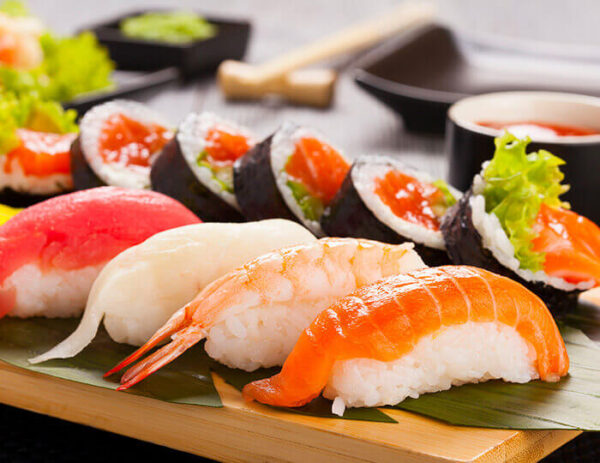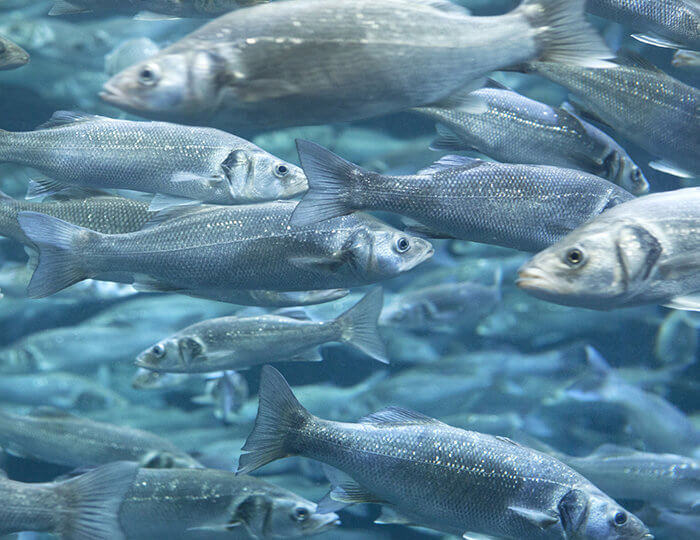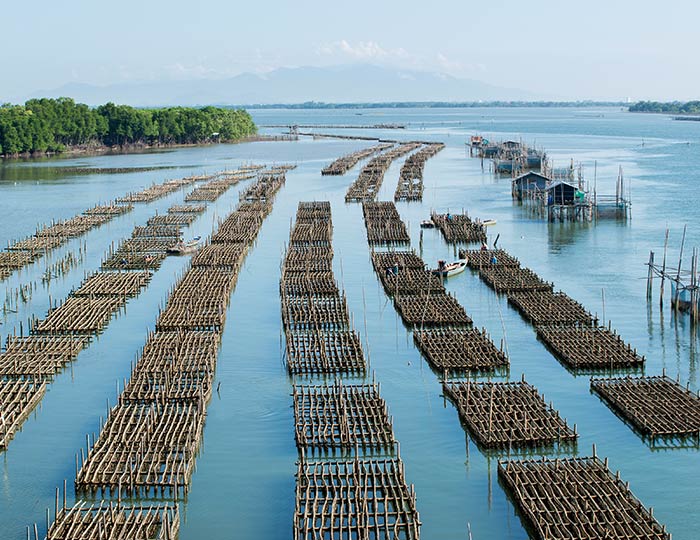NEWS • 2021-09-20
Time for a blue food revolution
An unprecedented review of the aquatic foods sector uncovers how fisheries and aquaculture can play a greater role in delivering healthy diets and more sustainable, equitable and resilient food systems around the world. It finds that fish, shellfish and algae offer untapped potential for global development if the right policies and investments are put in place.

Photo: Unsplash/Jonathan Beckman
Five peer-reviewed papers, published in Nature journals as part of the Blue Food Assessment, highlight the opportunities to leverage the vast diversity of aquatic, or “blue”, foods in the coming decades to address malnutrition, lower the environmental footprint of the food system, and provide livelihoods.
The assessment projects that global demand for blue foods will roughly double by 2050, and will be met primarily through increased aquaculture production rather than by capture fisheries.
The Blue Food Assessment (BFA) is an international initiative bringing together over 100 scientists from more than 25 institutions, including Beijer Institute researchers Patrik Henriksson, Malin Jonell and Max Troell. BFA is led by led by Stanford University’s Center for Ocean Solutions & Center on Food Security and the Environment, the Stockholm Resilience Centre (SRC) and EAT and co-chaired by Beijer Fellow Roz Naylor (Stanford University) and Beatrice Crona, executive director of Beijer Institute partner Global Economic Dynamics and the Biosphere program and deputy science director of SRC.
See overview of all five papers at the bottom of the article.
More nutritious…
Blue foods were found to rank more highly than terrestrial animal-source foods in terms of their nutritional benefits and potential for sustainability gains, as many blue food species are rich in important nutrients. Compared to chicken, trout has approximately 19 times more omega-3 fatty acids; oysters and mussels have 76 times more vitamin B-12 and five times more iron; and carps have nine times more calcium.
Investing in innovation and improving fisheries management could increase consumption even more and have profound effects on malnutrition. For instance, a “high growth” modelling scenario showed that increasing supply by 15.5 million tons (8%), causing a drop in prices, would reduce cases of nutrient deficiencies by 166 million, especially among low-income populations.
…and sustainable.
On average, the major species produced in aquaculture, such as tilapia, salmon, catfish and carp, were found to have environmental footprints comparable to chicken, the lowest-impact terrestrial meat. Small pelagic species like sardines and anchovies, bivalves and seaweeds all already offer lower stressors than chicken.
However, the research found that blue food systems facing the highest risk from climate change are also typically located in those regions where people rely on them most and where they are least equipped to respond and adapt to climate hazards.
Advice to ramp up a diverse industry
More than 2,500 species or species groups of fish, shellfish, aquatic plants and algae are caught or cultivated globally for food, providing livelihoods and incomes for more than 100 million and sustenance for one billion.
“Blue foods are much more diverse than typically thought, and so too are the many communities of small-scale fishers who are often overlooked despite providing the majority of blue food people eat”, says Beatrice Crona.
“Few, if any, countries are developing their blue food sector to provide ecological, economic, and health benefits to its full potential,” said Professor Rosamond Naylor.
“This assessment aims to provide the scientific foundation for decision-makers to evaluate trade-offs and implement solutions that will make blue foods an instrumental part of an improved food system from local to global scales.”
“To realize its potential, policymakers should put in place better governance, including participation of small producers, women and other marginalized groups, better stewardship of the natural resources on which blue foods rely; and investment in building resilience to climate change”, said Fabrice DeClerck, EAT Science Director.
Nine fishing seasons away from deadline
“We are nine fishing seasons away from the deadline for achieving the 2030 Sustainable Development Goals so the urgency is high,” said Professor Jim Leape, Co-Director of the Stanford Center for Ocean Solutions.
“This research can help policymakers, companies, financiers, fishers and consumers capitalize on the immense potential of blue foods to help achieve those goals.”
Summary of the BFA science papers
Food security for millions undermined by lack of policy support for small-scale fisheries and aquaculture
Highlights the important role of small-scale fisheries and aquaculture in supporting livelihoods worldwide and tackling some of the world’s most pressing challenges.
Aquatic foods offer great untapped potential for providing more sustainable diets
First assessment of its kind produces environmental profiles for the full range of aquatic, or blue foods, to help guide more sustainable food production and diets.
Climate change creates ‘double jeopardy’ for fish-dependent countries
Highlights the importance of collective action to boost resilience across all aquatic food systems to stave off the worst effects of climate change.
Global demand for aquatic foods set to nearly double by 2050
Improvements to aquaculture production, lower prices, and changing cultural preferences are expected to drive up demand for fish, seafood and seaweed.
More affordable aquatic foods could prevent 166 million micronutrient deficiencies worldwide
For the first time, the nutritional benefits of thousands of marine and freshwater species have been profiled in a new study.
NEWS



